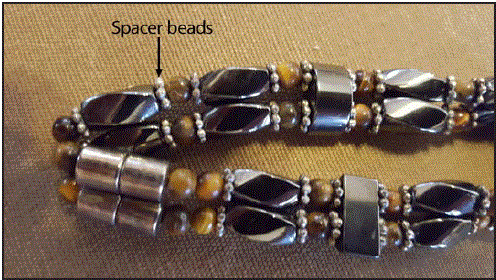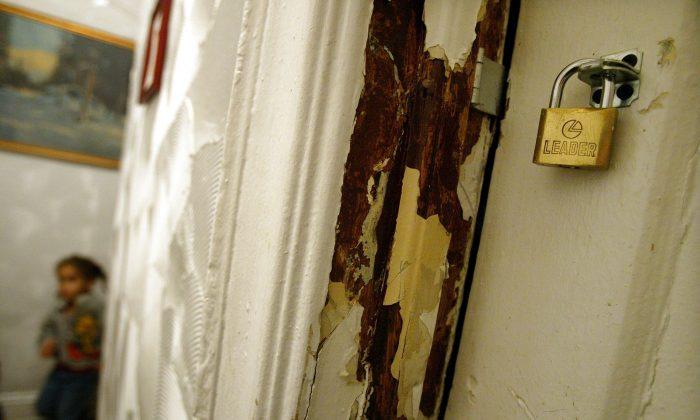A “healing” bracelet has done the opposite of what it was claimed to do.
A baby girl in Connecticut has contracted lead poisoning after she wore and chewed on a bracelet that was made out of lead beads.
Doctors first discovered that the 9-month-old girl had abnormally high levels of lead in her blood during a routine checkup last year. Her blood lead level reached 41 micrograms per deciliter (ug/dL) - anything over 5 ug/dL is considered abnormal according to a recent report by the Centers for Disease Control and Prevention (CDC).
CDC says that there is “no safe blood lead level in children.” Lead exposure can affect nearly every part of the body. Very high blood lead levels can cause a range of health consequences including seizures, coma, and death.
The parents reported that their child sometimes wore a handmade “homeopathic magnetic hematite healing bracelet” that they had purchased at a local fair, according to the report published on Sept. 1.
The child wore the bracelet to help with teeth related issues, and was sometimes seen chewing on it as well. Some people say certain bracelet materials have healing properties if placed close to the body.
However, when the smaller spacer beads on the bracelet were tested, investigators found they had extremely high levels of lead—17,000 parts per million (ppm). The amount of lead that is considered safe for children is 90 to 100 ppm, depending on the product, according to the U.S. Consumer Product Safety Commission (CPSC).

No marks on the bracelet identified the metal content or the manufacturer. The vendor records were unavailable and the bracelet maker could not be located as well.
According to the CDC, lead poisoning in general primarily occurs through oral ingestion of products. “Lead paint, dust, and contaminated soil” are among the most frequents sources in which children can get exposed to lead.
Back in 2003 and 2006 several cases of severe lead poisoning, including some deaths, were linked to jewelry or charms marketed to children, according to the report.
After these cases, the CPSC set limits on a number of lead products marked to children, recalling those that exceed the limits.
However, the limits are not applicable to products that are not intended or marketed for children.
When health investigators first visited the baby’s home they found two windows with peeling lead-based paint, and initially thought that was the cause of the poisoning. But according to the report, the infant would not have been able to reach those areas and the girl’s three other siblings, aged between 3 and 5 years old, had far lower blood lead levels—less that 3 ug/dL.
The health department is urging caregivers to be aware of the risks of lead-poisoning from children wearing or handling handmade or adult metal jewellery, even if the product is made in the United States.
From NTD.tv





